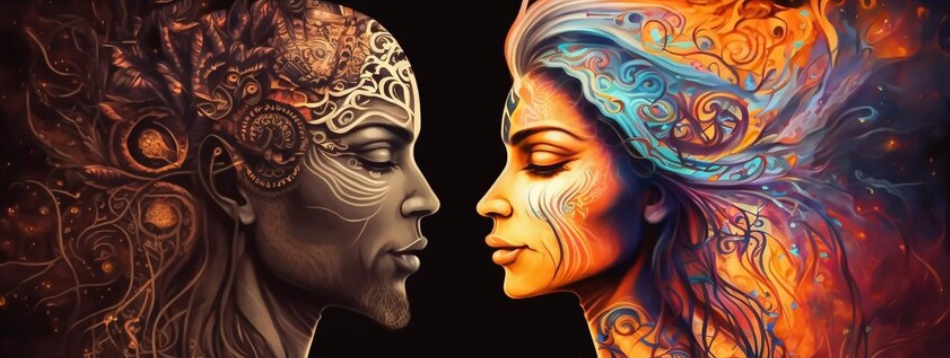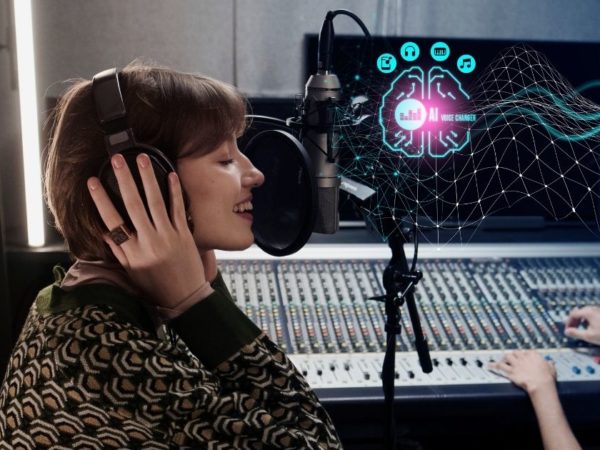Artificial intelligence is changing the art world in remarkable ways. One of the fascinating applications of AI in the art segment is through the utilization of descriptive art generators. These generators have the capability to examine and interpret images and generate completely new art pieces based on their analysis.
In this article, we discuss three such AI art generators: MidJourney, Stable Diffusion, and Microsoft Bing Image Creator, and which among the three comes out on top in generating the best results based on prompts.
MidJourney
MidJourney, founded by David Holz, is an AI art generator that uses machine learning to identify patterns and features in existing artworks, which can then be utilized to create new pieces.
MidJourney entered open beta on July 12, 2022. Before launching MidJourney, Holz co-founded Leap Motion, a startup that transformed user interfaces by utilizing video capture and hand gestures. In 2019, he sold Leap Motion to Ultrahaptics.
<img alt="YouTube video" data-pin-nopin="true" data-src="https://kirelos.com/wp-content/uploads/2023/03/echo/maxresdefault.jpg641daaec6babf.jpg" height="720" nopin="nopin" src="data:image/svg xml,” width=”1280″>
With MidJourney gaining popularity, Holz has shared his insights on technology and its influence on art and society. Holz regards artists as customers of MidJourney, not competitors, and believes that the platform can facilitate greater creativity and experimentation in the ideation phase.
However, there are concerns about potential copyright infringement from MidJourney’s training set, which may include copyrighted works from other artists.
Holz emphasizes that MidJourney is designed to enhance human capabilities rather than replace them. He likens it to cars, explaining that just because cars are faster than humans, it does not mean we should cut off our legs.
By using MidJourney’s AI image generation, artists can explore new possibilities and generate numerous ideas before creating their own works.
Stable Diffusion
Stable Diffusion is an open-source machine learning model that can generate images from text, modify images based on text, or fill in details on low-resolution or low-detail images. It has been trained on billions of images and can produce results that are comparable to the ones you would get from DALL-E 2 and MidJourney.
Emad Mostaque, founder and CEO of Stability AI, is the company responsible for Stable Diffusion. Stable Diffusion is a latent diffusion model developed by the CompVis group at LMU Munich, and it was designed by Patrick Esser and Robin Rombach, who previously created the latent diffusion model architecture used by Stable Diffusion.
A collaboration between Stability AI, CompVis LMU, Runway, EleutherAI, and LAION has made Stable Diffusion available to the public.
Stable diffusion can be deployed on various platforms, including Windows and Apple devices. Utilizing on-device deployment in an app can safeguard user privacy, which is preferable to a server-based approach.
Microsoft Bing Image Creator
Microsoft unveiled a new tool called Bing Image Creator, which empowers users to create their own images directly within Microsoft Edge. The company has released a suite of creator tools designed to kindle creativity and self-expression. The tool allows users to craft personalized images to share their life updates or for any other purpose they may need.
Users can easily access the Image Creator from the sidebar of Microsoft Edge. Microsoft has taken proactive measures to ensure the tool is used responsibly and does not facilitate the spread of offensive content.
The company has set a content policy that prohibits the use of Image Creator for certain cases, and users can report any violations of this policy. Moreover, Microsoft has implemented technology to address potential biases that could arise in generative image technology.
In this article, we will embark on a journey to evaluate the outcomes of each descriptive AI image generator when prompted with identical text prompts.
Prompt 1: Modern Santa Claus on a sleigh being pulled by reindeers on a warm bright sunny day on a highway
Prompt 2: A close-up shot of an animal with big eyes, capturing its innocence and cuteness
Prompt 3: A human astronaut playing landing a new planet is welcome by hostile alien creatures drawing their weapons
Prompt 4: Modern abstract art of a Book cover of a novel based in New York City in bold bright colors
Prompt 5: A man deciding between two plates – one with pizza and one with a cheeseburger on it
Prompt 6: A wounded warrior riding his horse on a snowy mountain with a sword in his hand
Prompt 7: An abstract image using different shades that shows the movement and flow of water
Prompt 8: Salmon in a river with lush green trees in the background
Prompt 9: A Glass of water on a table with a lemon being squeezed into it by a hand
Prompt 10: View of the horizon in a desert from the point of view of people riding an elephant in it
Prompt 11: A forest where paper money grows on trees and birds are made of coins
Prompt 12: Bowl of ramen, cel shading, evening lighting, photorealistic
Prompt 13: Elon Musk is poor and unemployed
Verdict
Upon evaluating the outputs of MidJourney, Stable Diffusion, and Bing Image Creator, it is evident that there is no definitive winner.
Each generator interprets prompts in a distinctive way, with similarities found in the outputs of Bing Image Creator and MidJourney. Stable Diffusion is efficient when prompts have clear descriptions but often take words too literally. While MidJourney and Bing Image Creator are generally successful, they occasionally produce results that do not correspond with the prompts.
Notably, Bing Image Creator employs caution in generating any abusive or inciteful outputs, issuing a warning message when prompted to create an image of a poor and unemployed Elon Musk. Microsoft’s adoption of such protective measures is commendable.
Meanwhile, MidJourney’s neural network expertise generated an image of a destitute and forlorn Elon Musk. Hence, it can be concluded that each generator will cater to its respective user base.



